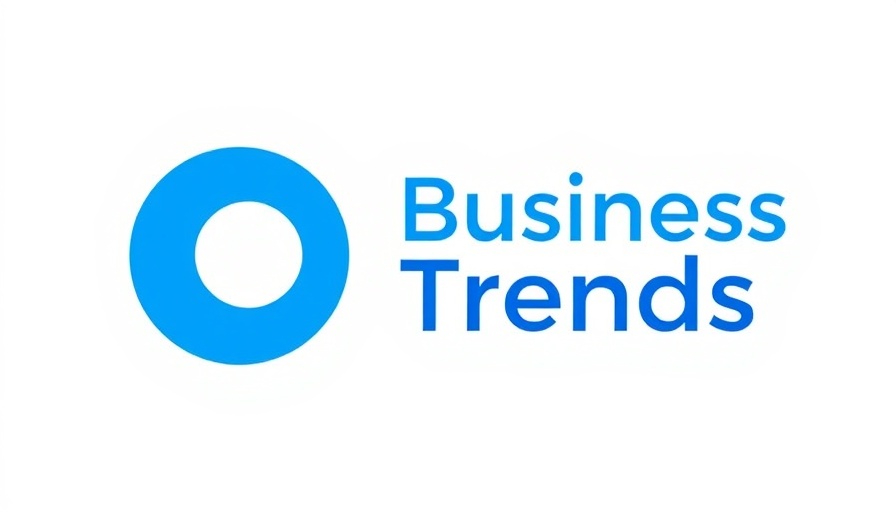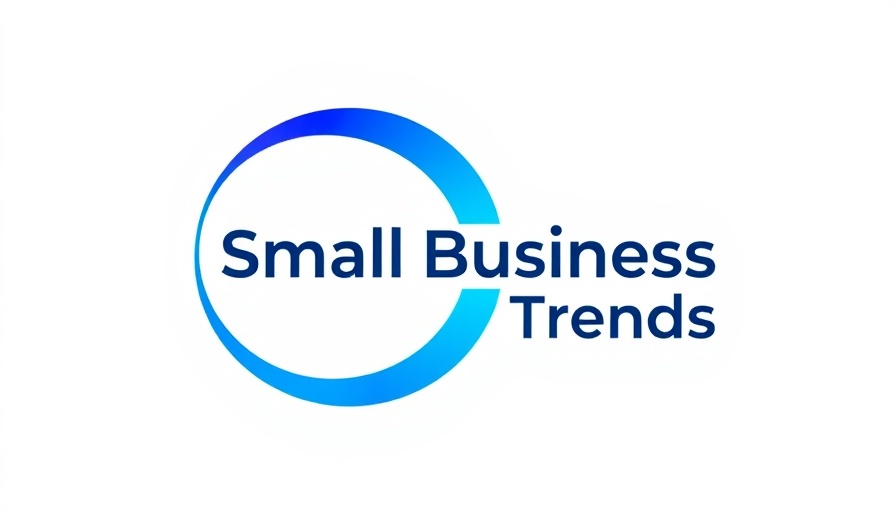
The Restaurant Industry: A Vital Component of Our Economy
As the restaurant industry continues to flourish post-pandemic, it is projected to reach an impressive $1.5 trillion in sales by the end of 2025. This remarkable recovery showcases not just a rebound but a robust growth trajectory, fueled by innovative marketing and changing consumer preferences.
Key Trends Reshaping the Restaurant Landscape
Restaurants are increasingly utilizing local marketing techniques to attract diners in their vicinity. Through local SEO, establishments can enhance their online visibility, making it easier for potential customers to find them. Furthermore, social media platforms like Facebook and Instagram are becoming essential tools for engaging with the community, promoting dishes, and sharing exclusive offers.
Economic Impact and Job Creation
Restaurants are a significant pillar of the American economy, generating over $899 billion in annual sales and employing around 15.6 million people. This sector not only creates jobs but also fosters community ties through local events and partnerships, making it indispensable for economic health.
Embracing Sustainability for Loyalty
With a growing number of environmentally conscious diners, many restaurants are adopting sustainable practices. Highlighting initiatives such as sourcing locally or reducing waste not only appeals to these customers but also strengthens the restaurant's brand image. Additionally, implementing loyalty programs encourages repeat visits, creating lasting customer relationships.
Challenges and Opportunities Ahead
Despite the positive outlook, the industry faces challenges including rising labor costs and employee shortages. Effective recruitment strategies and community involvement are crucial for attracting qualified staff. As technology continues to evolve, embracing online ordering and off-premises dining options will be vital in meeting consumer demands.
Final Thoughts
In conclusion, understanding the latest statistics and trends in the restaurant industry is essential for business owners and food enthusiasts alike. By leveraging local marketing, embracing sustainability, and nurturing community ties, restaurants can navigate challenges and maximize opportunities in this dynamic field.



Write A Comment